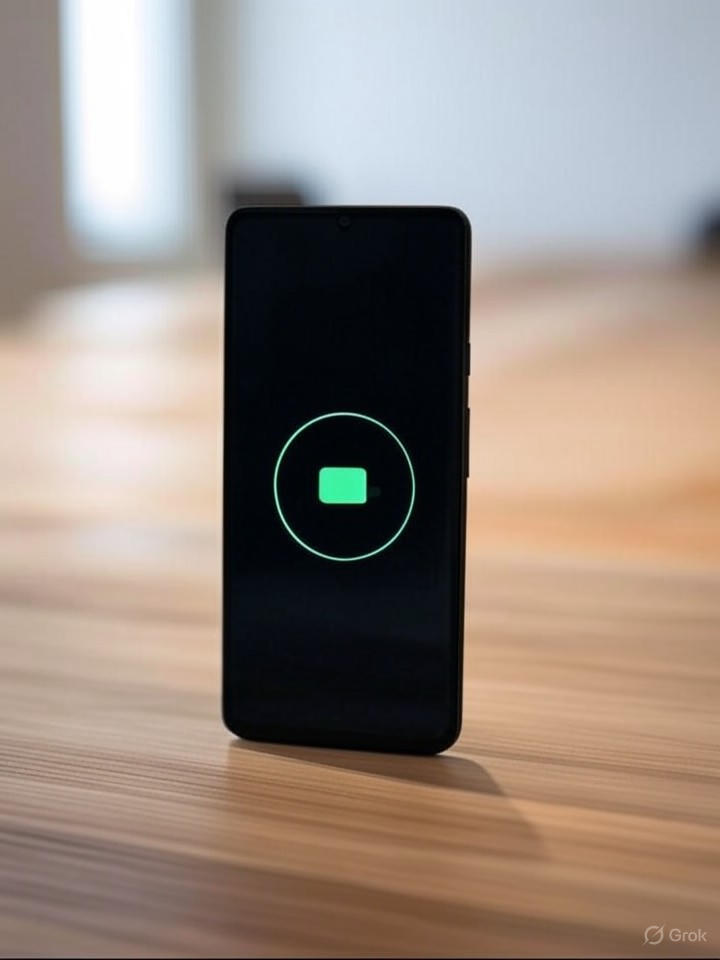The Unveiling of Google’s Battery Strategy
Google’s latest move in smartphone battery management has sparked intense debate among tech enthusiasts and industry experts. The company has introduced a feature called Battery Health Assistance on its upcoming Pixel 10 series, which promises to extend battery longevity but at the cost of performance throttling that users cannot disable. This development comes as Google continues to refine its hardware offerings, aiming to compete more aggressively with rivals like Apple and Samsung in the premium smartphone market.
According to reports, the feature will gradually reduce charging speeds and battery voltage over time, starting after approximately 200 charging cycles. This is intended to “stabilize” battery performance and prevent degradation, but it has raised concerns about reduced functionality for users who prioritize fast charging and maximum capacity.
Implications for User Experience and Device Longevity
The inability to turn off Battery Health Assistance marks a shift from previous implementations. On earlier models like the Pixel 9a, users had the option to toggle the feature, but Google has confirmed that for the Pixel 10 lineup, it’s mandatory. This decision, as detailed in a recent article by Android Authority, suggests Google is prioritizing long-term battery health over immediate user preferences, potentially to address past issues with battery reliability in Pixel devices.
Critics argue this could alienate power users who rely on quick top-ups during busy days. For instance, after 200 cycles—roughly equivalent to daily charging for about seven months—the phone might cap charging at lower speeds, extending the time needed to reach full capacity. This echoes broader industry trends where manufacturers implement software controls to manage hardware limitations, but Google’s approach is notably more prescriptive.
Historical Context and Precedents in Battery Management
Google’s history with battery issues provides crucial context. Earlier this year, the company faced backlash for nerfing battery performance on older models like the Pixel 4a through software updates, as reported in a Slashdot story. That incident rendered some devices less usable, prompting questions about transparency and user consent in firmware changes.
Moreover, discussions on platforms like Reddit highlight user frustrations, with threads questioning how this differs from similar features in other brands. One Reddit post on r/GooglePixel amassed significant comments debating the feature’s merits, with some users speculating it stems from underlying battery design flaws that Google is attempting to mitigate through software.
Industry Reactions and Competitive Comparisons
The tech community has reacted swiftly, with sentiments on social media reflecting a mix of resignation and outrage. Posts on X (formerly Twitter) from users and influencers express disappointment, noting that mandatory throttling could deter potential buyers, especially in a market where battery life is a key selling point.
Comparatively, Apple’s iOS has long included optimized battery charging that learns user habits to reduce wear, but it allows more flexibility. Samsung, too, offers battery protection modes that can be toggled. Google’s stricter stance, as analyzed in a 9to5Google preview earlier this year, positions it as an outlier, potentially betting on improved customer satisfaction through enforced longevity.
Potential Ramifications for Google’s Hardware Ambitions
This feature could influence Google’s broader hardware strategy, especially as it expands the Pixel lineup with models like the Pixel 10 Pro and Fold. By embedding such controls, Google aims to ensure devices remain viable for longer periods, aligning with its seven-year software support promise. However, if users perceive this as overreach, it might impact sales and brand loyalty.
Industry insiders suggest this is part of a larger effort to address safety concerns, following reports of overheating and battery drain in past Pixels, as covered in another Slashdot article from 2023. Recent news from NotebookCheck emphasizes that without the option to disable, users are left with few alternatives short of battery replacement.
Looking Ahead: Balancing Innovation and User Autonomy
As the Pixel 10 launch approaches, the debate underscores a tension between innovation and user control in the smartphone industry. Google’s Battery Health Assistance might set a precedent for how companies manage device aging, but it also risks backlash if not communicated effectively.
Ultimately, while the feature could enhance sustainability by prolonging battery life, its mandatory nature challenges the ethos of user-centric design. Observers will watch closely to see if Google adjusts based on feedback, or if this becomes a defining characteristic of its hardware philosophy moving forward.




 WebProNews is an iEntry Publication
WebProNews is an iEntry Publication